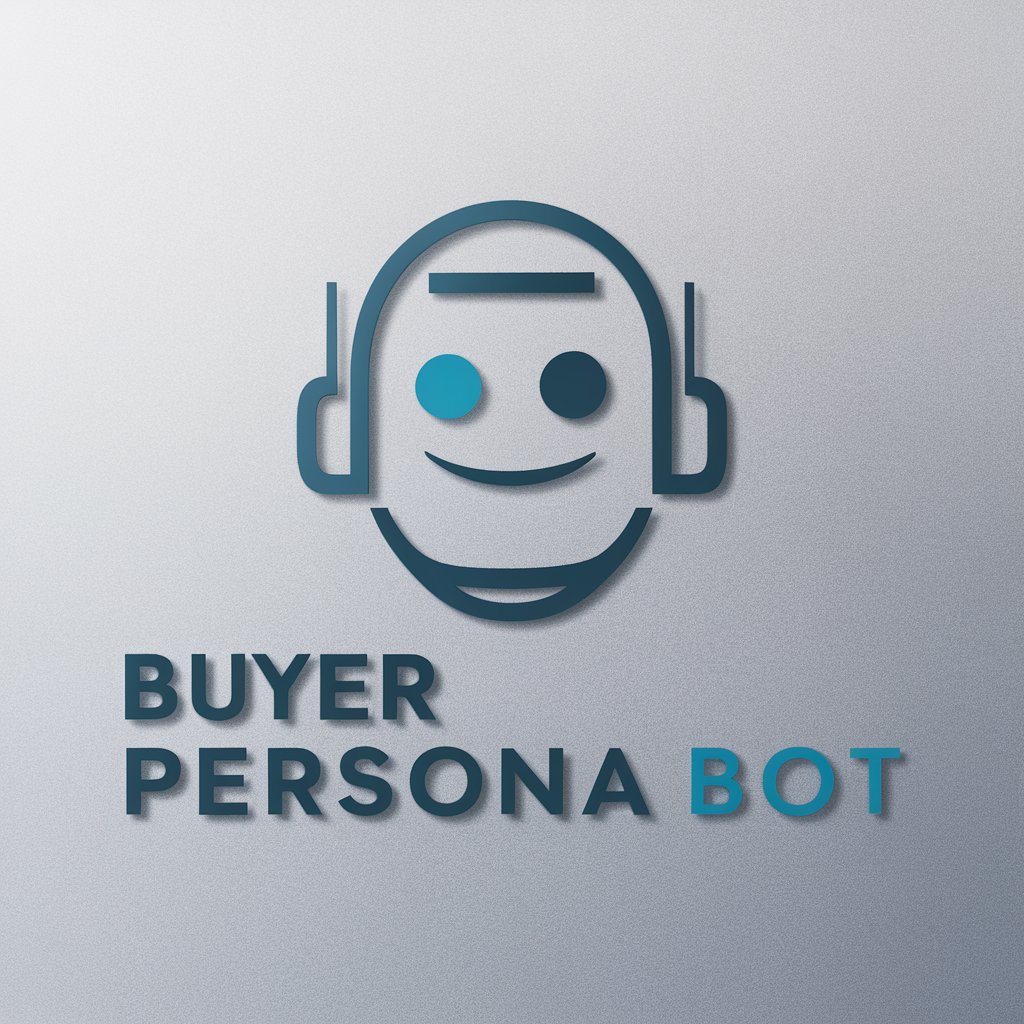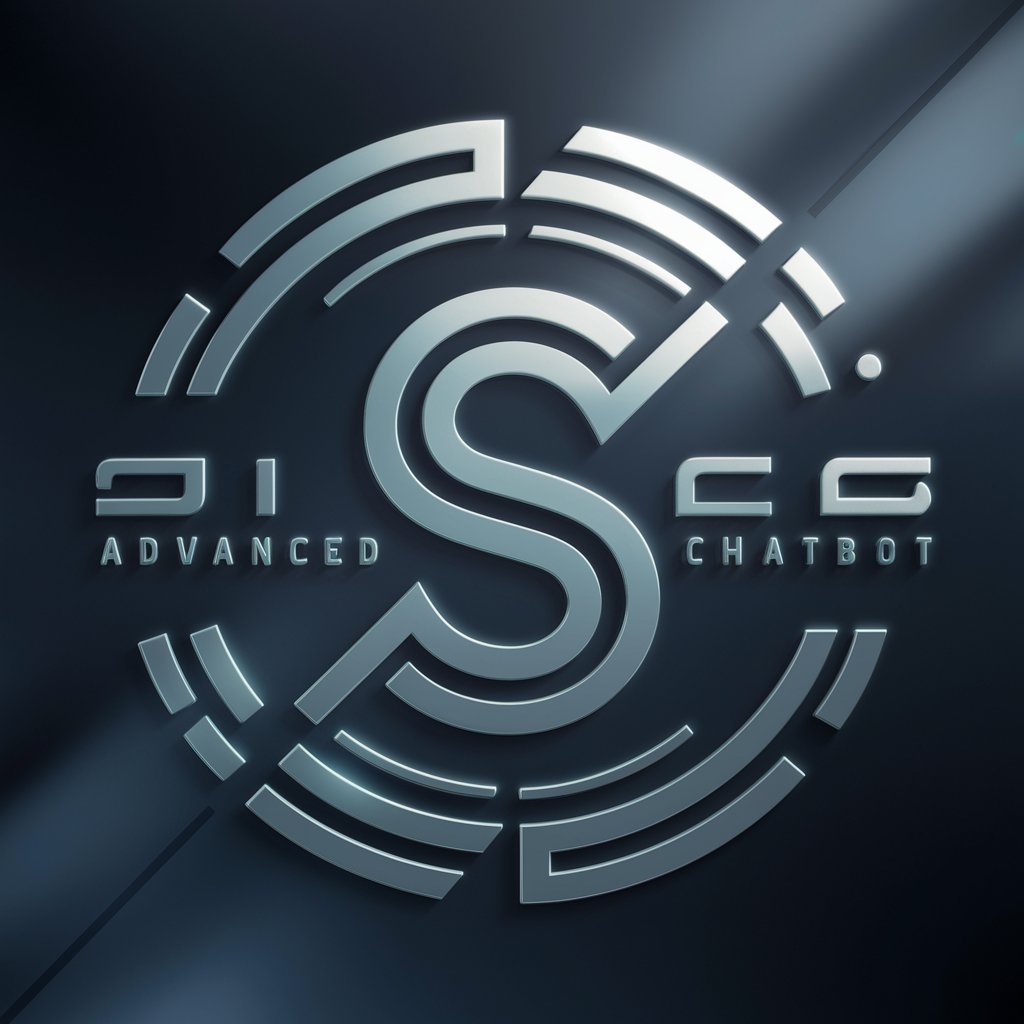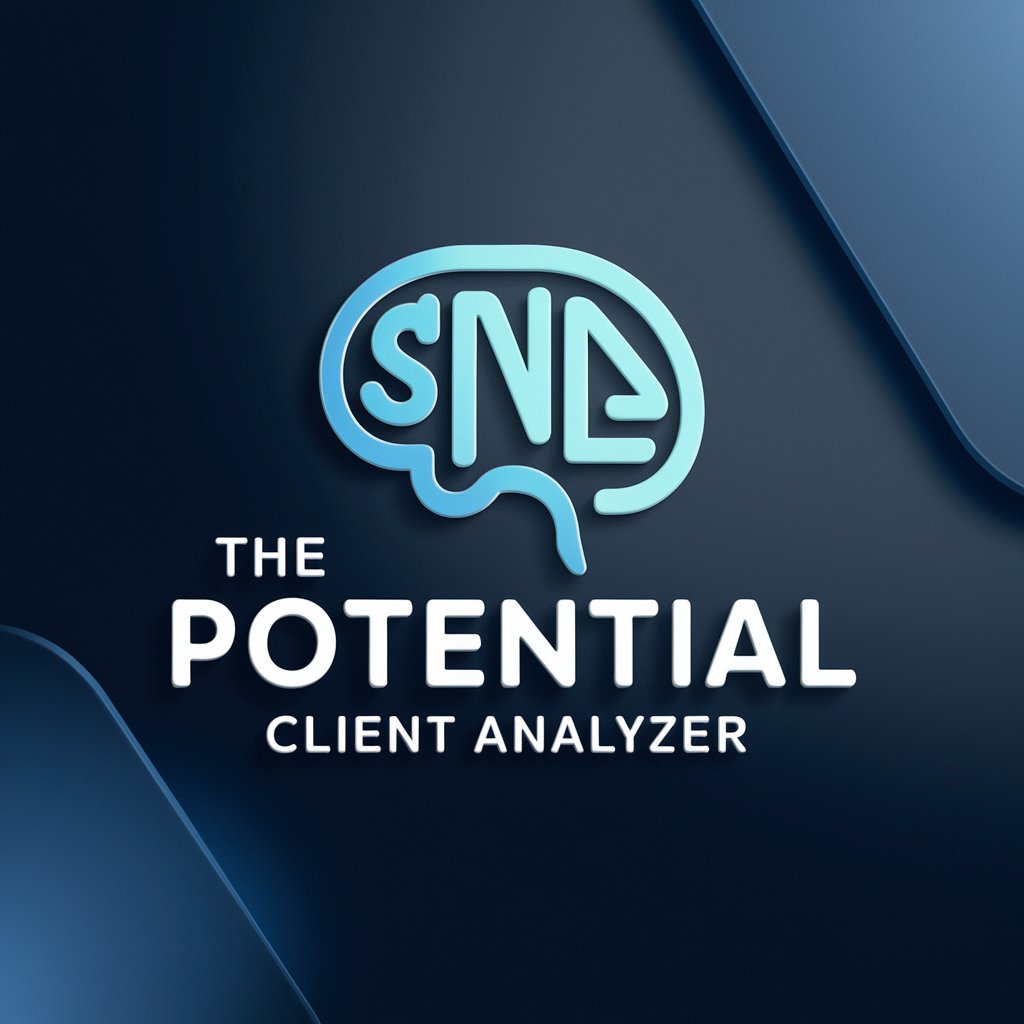5 GPTs for Role Analysis Powered by AI for Free of 2025
AI GPTs for Role Analysis are advanced artificial intelligence tools built on the Generative Pre-trained Transformer framework, specifically designed to analyze and interpret roles across various contexts. These tools leverage the power of machine learning to understand and generate human-like text, making them ideal for tasks that require deep insights into role functions, responsibilities, and the dynamics within teams or organizations. By analyzing vast amounts of data, GPTs can provide tailored solutions, offering valuable perspectives on role-related queries and challenges.
Top 5 GPTs for Role Analysis are: Buyer Persona GPT for Sales,S.I.C.S. by Max Del Rosso (PremiumLink.it),Potential Client Analyzer,Interview Ace - Job Coach,職類推薦
Buyer Persona GPT for Sales
AI-powered Sales Persona Insight

S.I.C.S. by Max Del Rosso (PremiumLink.it)
Elevate Your Content with AI-Powered Analysis

Potential Client Analyzer
AI-powered Client Insight Discovery

Interview Ace - Job Coach
Ace Your Interview with AI-Powered Coaching

職類推薦
Streamline Job Coding with AI

Key Attributes of Role Analysis AI
AI GPTs tools for Role Analysis are distinguished by their adaptability, capable of handling a wide range of tasks from simple role identification to complex organizational dynamics analysis. Core features include natural language understanding and generation, role-specific data analysis, and the ability to learn from context, enhancing their accuracy over time. Specialized capabilities may also encompass technical support, web searching, image creation related to role visualization, and integration with external data sources for enriched analysis.
Who Benefits from Role Analysis AI?
AI GPTs for Role Analysis are designed for a broad audience, including HR professionals, team leaders, organizational developers, and researchers interested in role dynamics and structure. These tools are accessible to novices, thanks to their user-friendly interfaces, while offering powerful customization options for developers and analysts, enabling users at all skill levels to gain deep insights into role analysis without requiring advanced coding knowledge.
Try Our other AI GPTs tools for Free
Brand Empowerment
Discover how AI GPTs revolutionize branding with personalized content creation, market insights, and customer engagement, all tailored to your brand's unique voice.
Tactical Mastery
Discover AI GPTs for Tactical Mastery: advanced AI solutions designed to optimize strategic planning and decision-making processes across diverse sectors, tailored for both novices and professionals.
Mental Strength
Discover AI-powered GPT tools designed to bolster mental strength, offering personalized, empathetic support for improved psychological well-being.
Skill Analytics
Discover how AI GPTs for Skill Analytics leverage advanced AI to offer insights into skills trends, gaps, and development strategies, tailored for HR professionals, educators, and workforce analysts.
Mystic Wisdom
Discover how AI GPTs for Mystic Wisdom leverage cutting-edge technology to bring ancient spiritual insights into the digital age, offering personalized guidance and interpretations.
Enlightenment
Discover AI GPT tools for Enlightenment, leveraging advanced AI to explore, teach, and innovate within the realm of Enlightenment principles. Ideal for educators, researchers, and the curious.
Expanding Role Analysis through AI
GPTs offer a revolution in role analysis, providing dynamic solutions across sectors. They facilitate a deeper understanding of role structures and contribute to strategic planning and development. With user-friendly interfaces and potential for system integration, these AI tools empower users to harness complex data for actionable insights, driving efficiency and innovation in role analysis.
Frequently Asked Questions
What exactly does AI GPT for Role Analysis do?
It analyzes roles within teams or organizations, providing insights into responsibilities, interactions, and dynamics using advanced AI and natural language processing.
How can novices use these tools effectively?
Thanks to intuitive interfaces and guided functionalities, novices can easily navigate and utilize these tools for basic role analysis and understanding.
Are there any specialized features for developers?
Yes, developers can access APIs, customization options, and integration capabilities, allowing for tailored analyses and enhanced functionalities.
Can these tools integrate with existing HR systems?
Absolutely, many AI GPTs for Role Analysis are designed to integrate smoothly with existing HR and organizational systems for streamlined workflows.
How does language learning improve its capabilities?
Through machine learning, these tools continuously improve their understanding and generation of language, becoming more accurate in role analysis over time.
What types of data can these AI tools analyze?
They can analyze a variety of data, including textual job descriptions, team reports, organizational charts, and external resources, to provide comprehensive role insights.
Is technical support available for these tools?
Yes, most providers offer technical support to assist with setup, customization, and troubleshooting.
Can AI GPTs for Role Analysis predict future organizational needs?
By analyzing current and historical data, these tools can identify trends and make informed predictions about future role requirements and organizational changes.